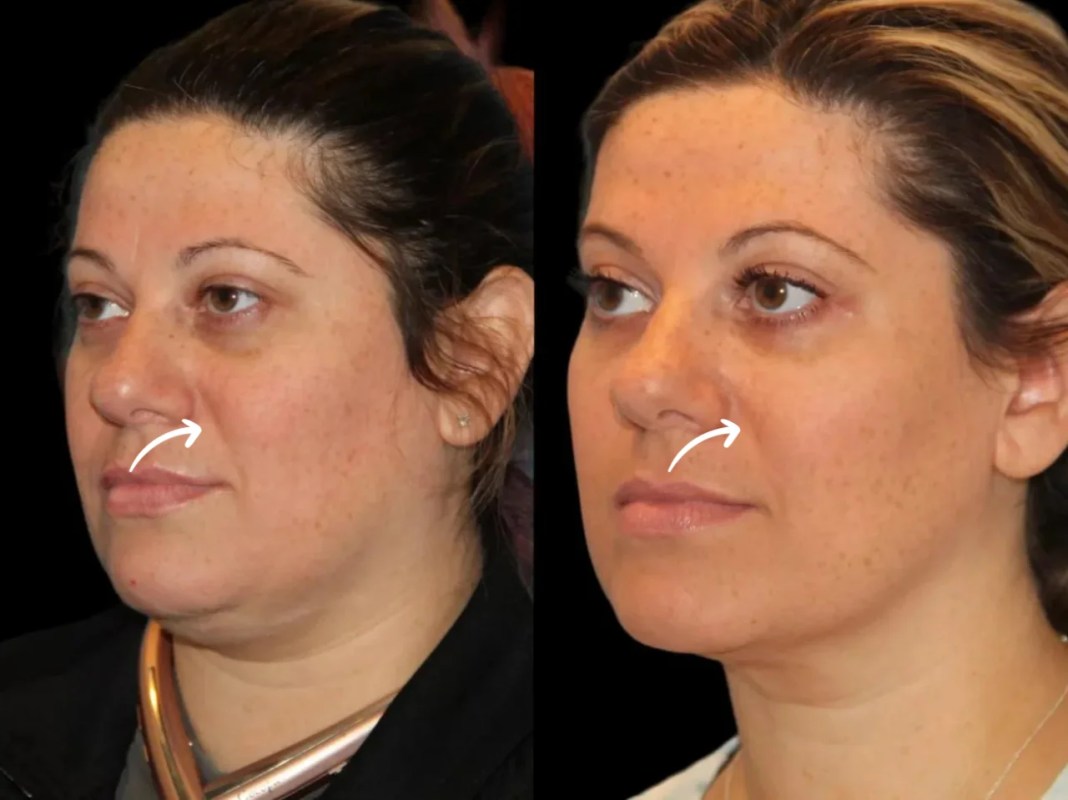Choosing the Right Fibroid Treatment for Health and Fertility
Uterine fibroids are benign tumors commonly affecting women during their reproductive years. These growths often cause symptoms such as heavy menstrual bleeding, pelvic pain and pressure, and fertility challenges. Choosing the right fibroid treatment depends on various individualized factors, including symptom severity, fibroid size and location, reproductive plans, and overall health. Consulting with a fibroid treatment center in Los Angeles can help you receive expert guidance to develop a treatment plan tailored to your unique needs and goals.
Treatment modalities range widely, from medication and minimally invasive procedures to surgical approaches. Understanding the spectrum of options and key factors influencing their selection is essential for making informed healthcare decisions.
Understanding Your Symptoms and Fibroid Characteristics
The severity and nature of your symptoms are critical in determining the need for treatment. Mild symptoms or no symptoms typically call for watchful waiting with periodic monitoring. However, if heavy menstrual bleeding, severe pelvic pain, pressure on pelvic organs, or symptoms that impair quality of life are present, intervention is usually warranted.
Fibroid characteristics, such as size, number, and location, also play a pivotal role in deciding treatment. Submucosal fibroids, which protrude into the uterine cavity, often cause heavy bleeding and are effectively treated via hysteroscopic myomectomy. Larger intramural or subserosal fibroids generally require laparoscopic or open surgical removal. The specific location and accessibility of fibroids determine the surgical route and complexity.
Fertility Goals: Preserving Your Potential to Conceive
A primary consideration for many women with fibroids is fertility preservation. Treatments like uterine artery embolization (UAE) and focused ultrasound ablation (FUS) shrink fibroids by cutting off blood supply or ablating tissue, but these may compromise uterine function, impacting implantation and pregnancy outcomes.
For women desiring pregnancy, myomectomy is the preferred treatment as it removes fibroids while conserving the uterus. Myomectomy can be performed hysteroscopically, laparoscopically, including robotic-assisted, or via open surgery, depending on fibroid size and positioning.
Medical Treatment Options: Managing Symptoms and Preparing for Surgery
Medications aim to relieve symptoms, particularly heavy bleeding and pain, and can serve as adjuncts before surgery, but they do not eliminate fibroids. Common options include:
- Combined oral contraceptives (COCs) and progestin-releasing intrauterine devices (IUDs) to reduce menstrual bleeding.
- Gonadotropin-releasing hormone (GnRH) agonists temporarily reduce fibroid size and control bleeding, but cause menopausal symptoms, limiting long-term use.
- Selective progesterone receptor modulators (SPRMs) like ulipristal acetate show promise for extended bleeding control and fibroid shrinkage.
- Nonsteroidal anti-inflammatory drugs (NSAIDs) and tranexamic acid for pain relief and reducing blood loss.
- Despite their utility, the effect of medications is often transient, necessitating additional or alternative treatments over time.
- Minimally Invasive Procedures: Effective and Faster Recovery
Minimally invasive interventions offer symptom relief with shorter downtime:
- Uterine artery embolization (UAE): An image-guided procedure that injects embolic agents to occlude blood flow to fibroids, causing their shrinkage. Although recovery is quicker than surgery, risks include uterine ischemia and fertility concerns.
- Magnetic resonance-guided focused ultrasound surgery (FUS): Uses high-intensity ultrasound waves to precisely destroy fibroid tissue without incisions. Data on safety during pregnancy is limited.
- Radiofrequency ablation (RFA): Delivers heat through small abdominal or vaginal incisions, destroying fibroids and blood vessels. Procedures like Lap-RFA and Sonata use ultrasound guidance for precision, offering uterine-sparing alternatives with rapid recovery.
These treatments are suitable for select fibroid types and patients, requiring careful counseling about fertility implications.
Surgical Treatments: Definitive Symptom Relief and Fertility Preservation
Surgery remains the most definitive management for many women:
- Myomectomy: Surgical removal of fibroids, preserving the uterus. Approaches include hysteroscopic removal for submucosal fibroids, laparoscopic (or robotic-assisted) surgery for intramural and subserosal fibroids, and open surgery for large or multiple tumors. Myomectomy improves symptoms and maintains fertility, though recovery may take several weeks.
- Hysterectomy: Complete uterine removal, offering a permanent cure. It is the only treatment that guarantees fibroid resolution but eliminates fertility, typically reserved for women who do not desire future pregnancies or who have extensive disease.
Other adjunctive surgical options include endometrial ablation to destroy the uterine lining and reduce bleeding, but this does not remove fibroids and precludes pregnancy.
Final Thoughts on Choosing the Best Fibroid Treatment
Choosing the most suitable uterine fibroid treatment involves a thoughtful balance of symptom control, fertility preservation, anatomical considerations, age, health status, and personal values. While medical and minimally invasive treatments offer less invasive options with faster recovery, surgery provides the most durable relief and best supports fertility goals.
Collaboration with experienced clinicians, such as those at the Center for Endometriosis and Fertility, guarantees informed, individualized care aimed at optimizing both reproductive potential and quality of life.












